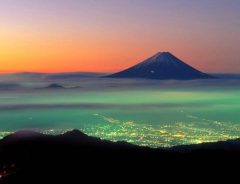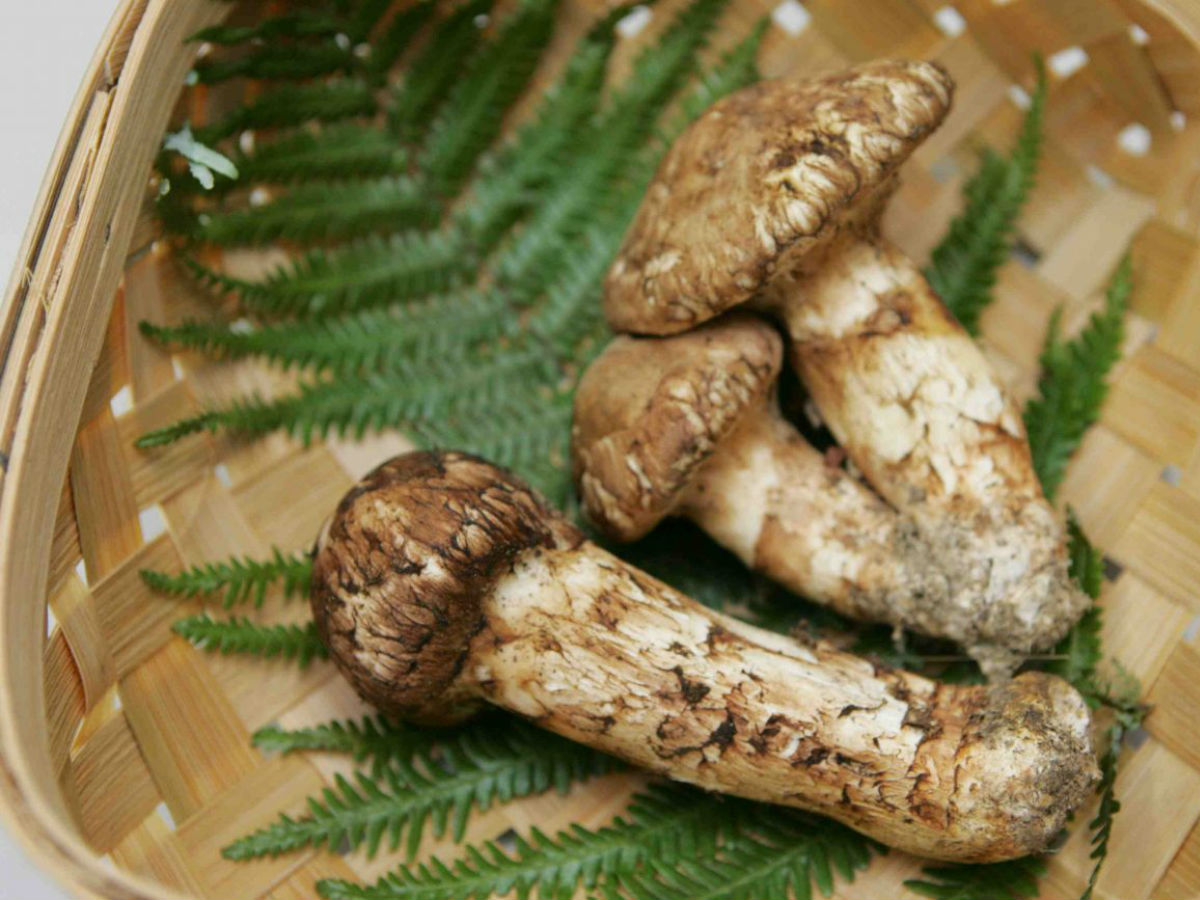- Tags:
- Japan / JAPAN Forward / Japanese food / matsutake / Mushrooms
Related Article
-

Live Action Fullmetal Alchemist Trailer, Posters, Reveal Homunculi And More Characters
-

Unleash Survival Horror In The Gym With Resident Evil Athletic Gear
-

Majestic Photographs Of Mt. Fuji At Sunrise Show A Rarely Seen Side Of Japan’s Iconic Volcano
-

Domino’s Japan Unleashes 1 Kilo Of Cheese Pizza
-

Japan’s New Communicative Pet Family Robot Was Born To Love You
-

Take a closer look at Mt. Fuji with this unique sightseeing flight (Go to Travel)



It is around this time of year, when the cool autumn breezes begin to blow, that we find a morning visit to Omicho Market in Kanazawa City much changed. It’s no longer blisteringly hot, and the produce on sale is different.
Seasonal delicacies such as sweet shrimp and sandfish, landed by deep sea trawls begun in September, lie invitingly on beds of ice. Even the names of fish — the sanma (Pacific saury, sometimes called pike mackerel) and anko (anglerfish, also called monkfish) — used in conversation with the fishmonger evoke a sense of autumn.
© JAPAN Forward
Yet, without a doubt, when Japanese chefs think of autumn flavors, it is the distinct taste of matsutake mushrooms that first springs to mind. It is said that, of all world cuisines, Japan’s is the most conscious of the changing of the seasons.
Interested buyers selecting matsutake for the day’s cuisine,© JAPAN Forward
Interested buyers selecting matsutake for the day’s cuisine
And given that the taste of matsutake mushrooms — harvested between September and October — cannot yet be replicated artificially, their very appearance in seasonal dishes is enough to make us think of autumn.
A poem in Japan’s oldest collection of classical poetry, the Manyoshu (approx. AD 759), dedicated specifically to the autumn scent of matsutake, shows just how long Japanese people have associated the two.
Written by Japan ForwardThe continuation of this article can be read on the "Japan Forward" site.
Kanazawa’s Gift: The World Discovers the Autumn Flavor of Japanese Matsutake Prefecture